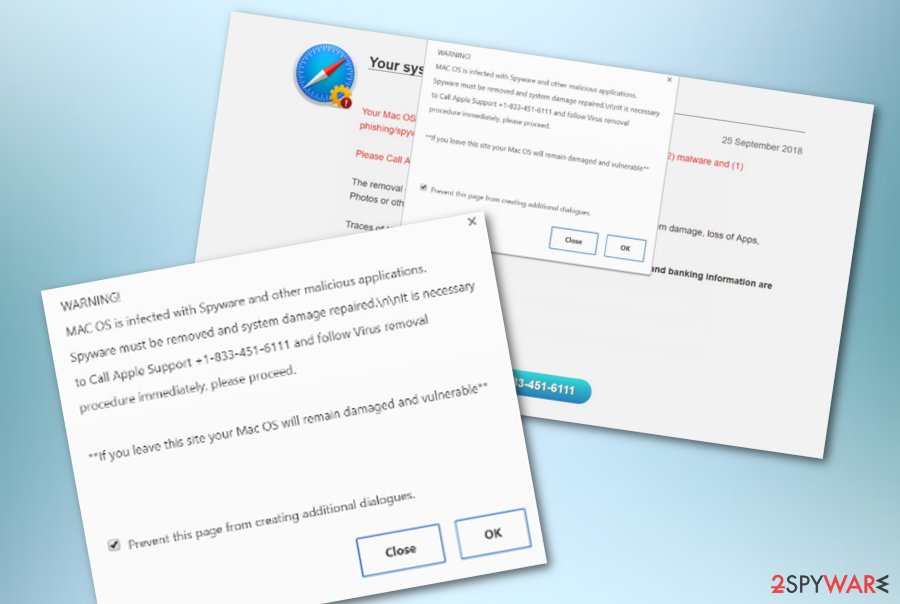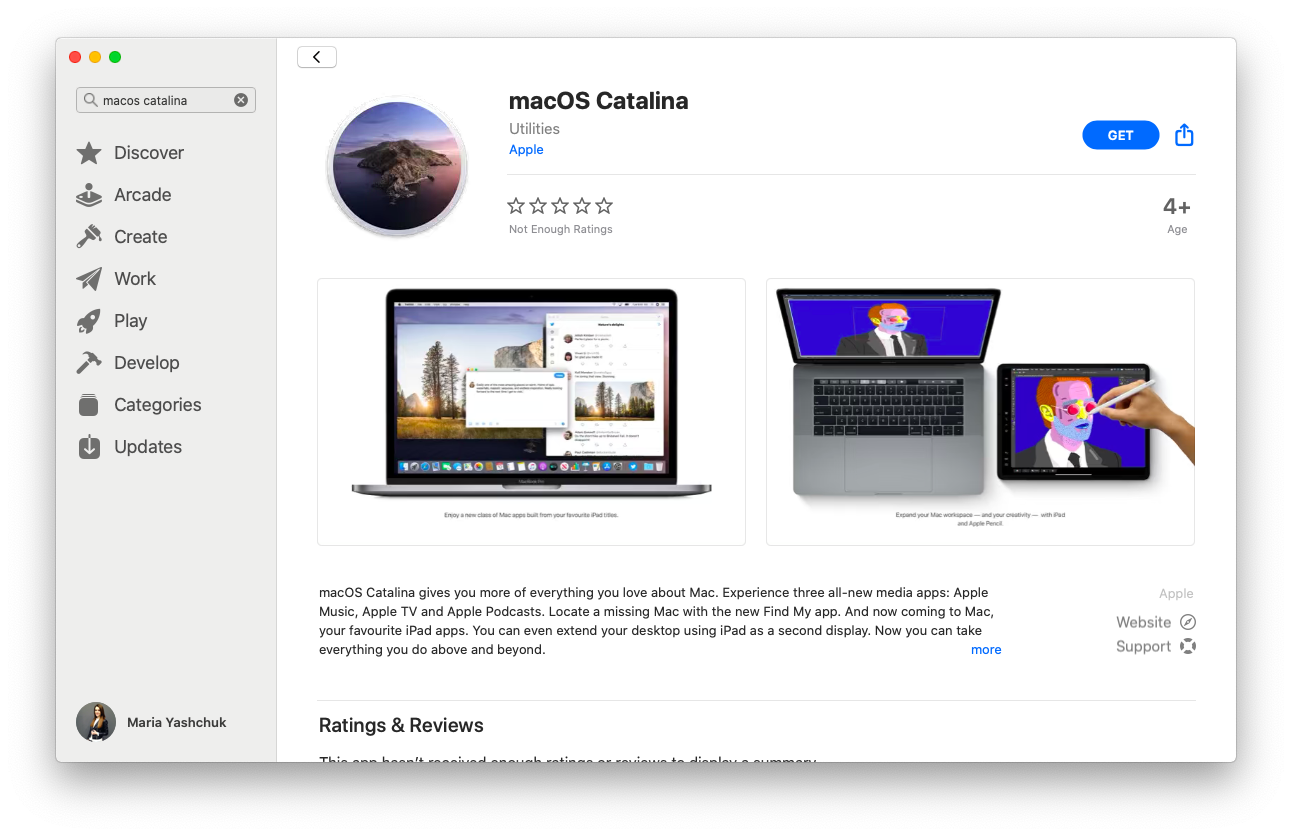SPYERA Mac computer spy software is an application that you install on to a Mac to supervise the processes and activities that take place on a particular machine or computer network. Our software provides the best monitoring solution for employers, parents, and even personal users who understand the importance of protecting their businesses. Spyware authors have historically concentrated on the Windows platform because of its large user base when compared to the Mac. However, the industry has seen a big jump in Mac malware since 2017, the majority of which is spyware. Although spyware authored for the Mac has similar behaviors as the Windows variety, most of the Mac.
- In most cases, spyware will simplest be hooked up in sure directories. Fortunately, you may be able to discover machine logs as a way to screen any adjustments made to record and file systems. This includes displaying you files that have been downloaded onto your laptop. If you see names unrelated to matters that you downloaded.
- Malwarebytes for Mac. Malwarebytes 4 takes out malware, adware, spyware, and other threats before they can infect your machine and ruin your day. It’ll keep you safe online and your Mac.
Avoid Becoming a Cyber Victim &
Check Your Computer for Malware with
SpyHunter!
Not Your OS? Download for Windows® and Mac®.
Free SpyHunter Remover Details & Terms
One of the best things about macOS is that it’s incredibly secure and gets far fewer viruses than other operating systems. However, that doesn’t mean it’s immune. There have been plenty of incidents of malware harming Macs in recent years. Thankfully, though, it’s still relatively rare for Macs to be infected with spyware and when it happens, it’s no too difficult to get rid of it.
The recent controversy over Cambridge Analytica accessing the Facebook profiles of tens of millions of users has made the importance of our private data headline news. However, while Facebook providing access to your data to third parties may be undesirable and possibly unethical, it’s not illegal. On the other hand, using spyware to access information about you is illegal in many countries.

What is spyware?
Spyware is malicious code that finds its way onto your computer and then sucks up personal data — that could be personal information about you, financial details, keystrokes, web browsing habits, or even images from your webcam.
There are four main types of spyware:
1. Adware

Adware is probably the most common type of spyware. It’s also the most obvious, because the information gathered by the spyware is used to display adverts or pop-up windows. It’s very frustrating and hugely inconvenient, though it’s unlikely to do real damage to you or your Mac.
This is what adware actually looks like
As you can see it executes commands to 'download offers' that a user will see on their computer.
2. Trojans


Trojans are files that look legitimate, like software updates or movies and they’re designed to fool users into downloading them. Once you’ve done that, they will access your personal data and could do serious harm to your Mac.
3. Cookie trackers
Cookie trackers are similar to adware in that they are used to track your browsing habits and web searches. That information can then be used to display adware or for any other reason the hacker chooses.
4. Keyloggers
A keylogger is a piece of code, installed usually without the user’s knowledge or permission, that tracks what keys are pressed. By doing that, the keylogger can gain access to personal data such as usernames, passwords, credit card numbers, and other sensitive information.
How to remove spyware from Mac
Thankfully, while spyware is very annoying, and potentially damaging, it’s usually not too difficult to remove.
1. Scan your Mac with CleanMyMac X
Use a dedicated tool like CleanMyMac X to find and neutralize spyware on your Mac. CleanMyMac removes not only spyware but all other malware threats, such as ransomware, worms, and cryptocurrency miners. Therefore, when you scan your system with CleanMyMac X, you may be sure that all vulnerabilities will be identified.

Here’s how to use it:
- Download the free version of CleanMyMac and launch the app.
- Choose Malware Removal tab.
- Click Scan.
- Click Remove.
Talking about CleanMyMac X, I can't recommend its Malware Monitor feature enough. Checking your Mac in real-time, it notifies you when there is a risk of spyware infecting your machine. What it does exactly is monitor Launch Agents and other places on your Mac for any unauthorized presence. That's a bit like gatekeeper.
2. Update your Mac to the latest version
macOS has built-in tools to remove known malware, including spyware.
- Go to the Apple menu and click About this Mac.
- Click Software Update. You’ll be taken to the App Store. If you’re not running the latest version of macOS, you’ll see a software update waiting to be installed. Click Update and follow the instructions.
- If you are running the latest version of macOS and no update is available, restart your Mac. When it restarts, it will scan for known malware and remove it.
3. Check your Applications folder
Go to the Applications folder on your Mac and look for applications you don’t recognise. If you see any, you should uninstall them. However, don’t just drag them to the Trash, that won’t uninstall them properly and will leave potentially harmful files behind. Instead, use an app like CleanMyMac X to uninstall them.
CleanMyMac uninstalls applications completely, removing all traces of it from your Mac. You can download it free here. Once you’ve downloaded and installed it, do the following:
- Launch it from your Applications folder.
- Click on Uninstaller in the Utilities section.
- Scroll through the list of applications until you find the one you want to get rid of.
- Check the box next to it.
- Click Uninstall.
3. Get rid of browser extensions you don’t need
Some spyware is installed in the form of browser extensions. These are mini-programs that run alongside web browsers like Safari and Chrome and provide additional features. They can be very useful, but they can also be troublesome if they’re installed without your knowledge or permission.
Here’s how to get rid of Safari extensions you didn’t install or don’t need:
- Launch Safari.
- Click on the Safari menu and choose Preferences.
- Click on the Extensions tab and look through the list of extensions. If you see one you didn’t install or don’t want, click on it and press the Uninstall button.
- Repeat for every extension you want to uninstall.
The process is similar for Chrome.
Along with browser extensions, it’s also worth getting rid of cookies you don’t want as well. And the app we’ve mentioned above, CleanMyMac X, can help you with that:
- Click on the Privacy tool.
- Click Scan.
- Click on the name of the browser whose cookies you want to delete.
- Click the drop down arrow next to Cookies.
- Check the box next to the cookies you want to get rid of.
- Click Remove.
The last resort is to restore from a backup, either Time Machine or a third party backup tool. Assuming you’ve been running a regular backup schedule, you can just choose a snapshot from just before you noticed the spyware and restore from that. You should copy any documents you created or updated since the snapshot to another storage drive or online service first.
Spyware sounds scary and it can potentially damage both you and your Mac. However, in most cases, getting rid of it is not too difficult. And with the help of CleanMyMac X it could actually be very easy.
Spyware For Macbook Pro
These might also interest you:

